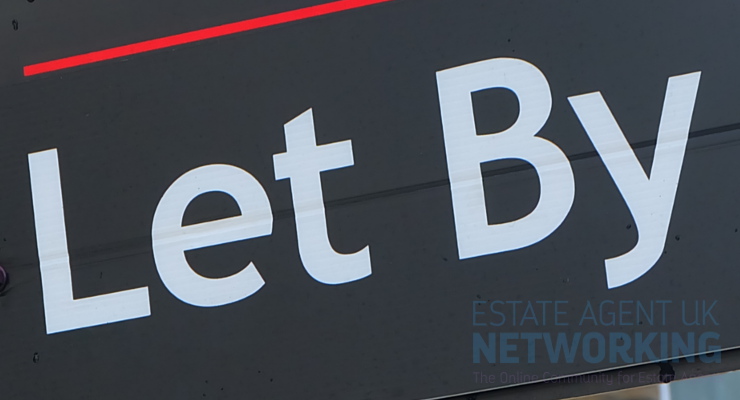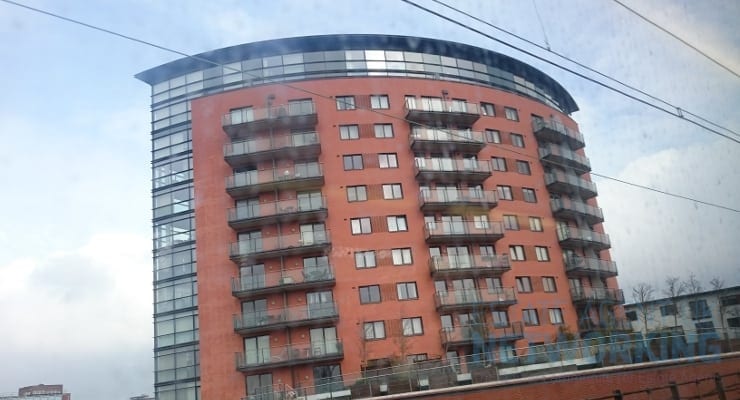How to layer your bathroom lighting
When it comes to bathroom design, sanitary ware and tiles may be your first area of consideration. Arguably more important, though, is to get your bathroom lighting right. That’s because this space in your home is so much more than just a functional place for your daily ablutions.
Bathrooms are our home sanctuaries, our havens of relaxation – it’s where you want to wind down at the end of a hard day’s work in an environment of calm. Creating a soothing ambience is key here, and that’s where good lighting design comes in. Did you know that besides general levels of cleanliness, it’s the lighting that will have the greatest effect on your mood when you’re in the bathroom, and yet this tends to be the most overlooked lighting in the house?
As any good interior designer will tell you, the best way to approach any lighting design is by layering a minimum of three types of light: ambient lighting, task lighting and accent lighting. All three are critical to the overall brightness in the room while achieving a sense of balance.
Assessing your bathroom’s lighting needs
First off, and before you spend any money buying gorgeous bathroom lighting fixtures, think about the bathroom itself and how you use the space. How big is the room? Are there any windows and how much natural light do they let in? What times of day do you use the bathroom?
Think about the atmosphere you wish to create with each light fixture. Are you using it to highlight a particular feature in the room, like a freestanding bath or any architectural details? Work closely with your electrician to find practical solutions for each area of the room.
Ambient Lighting
Ambient, or general, lighting is the way to enhance or replace natural daylight. Instead of having a single harsh task light, ambient light softens the shadows (and the mood!) in the room, creating a more relaxed atmosphere. For more bathroom lighting solutions see here.
Usual types of ambient light fixtures are overhead lighting such as ceiling mounted fixtures, pendant lights or bathroom chandeliers, particularly for high ceiling-ed rooms. Down-lights (recessed or ceiling mounted) provide good ambient light with comfortable levels of brightness but don’t fit them directly above the mirror or washbasin since they cast strong light over your forehead and shadows on your eyes, nose and chin.
For best effect and to avoid shadows, position downlighters around the sides of the ceiling rather than in the middle. You can also use them to highlight style features such as bathing a stunning towel radiator or statement feature wall in light.
Task Lighting
For areas where you need good visibility, such as over the mirror or around the washbasin, effective task lighting is key. A well placed task light will help to prevent eye strain and improve precision, whether you’re shaving or putting on make-up. There are so many tasks that are being performed in the bathroom – from taking showers to brushing teeth to styling hair and much more besides, the lighting design needs to cater for all these tasks.
On the vanity unit, ensure that wall lights or sconces are fitted at eye level at either side of the mirror, so there are no shadows. To give you an even balance across the face, these vertical fixtures should be at least 24 inches long, no less than 150 watts and installed 75-80 inches from the floor. Also consider your show and bath area to see whether it could benefit from additional task lighting, such as showerproof recessed lighting.
Accent Lighting
Don’t be tempted to consider accent lighting a ‘nice to have’ – the right lighting can make a huge difference in creating the right atmosphere. If there are any decorative pieces or interesting architectural details that you want to highlight, accent lighting is the way to do it. Spotlights in particular are great for directing light to a specific area, say a picture on the wall. Or try LED strips under wall-mounted bathroom units or bath panels to draw the eye.
Finally, decorative lighting is a bit like jewellery for your bathroom and this type of lighting is a ‘nice to have’. Find a gorgeous light fitting that works with the theme, colour and style of the room to enhance the mood of the space, or play it safe by matching the features of the architectural style and era of your home.









